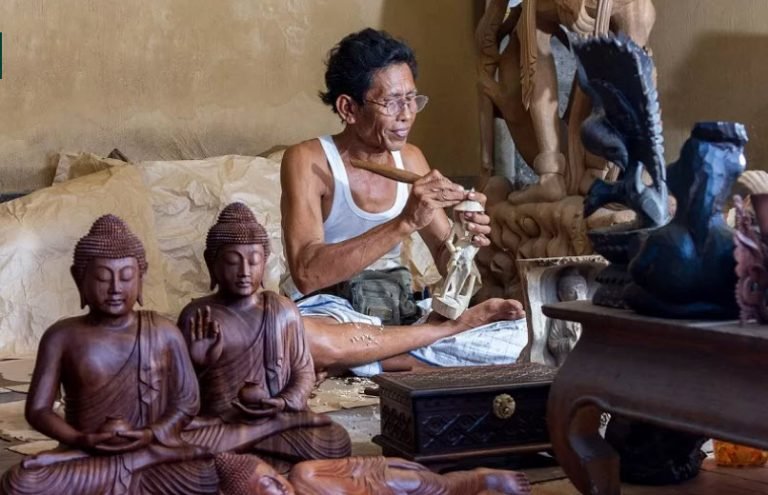Goddess Uma Overpowers Demon Tarakasura with Divine Might and Wisdom
Goddess Uma is revered as the daughter of Himavat, sovereign of the snowy peaks. Myth holds that Tarakasura, a voracious demon, received a special boon from Brahma that rendered him immune to all who sought to challenge him. The gods, desperate to turn the tide, found their hope in Uma. Her bravery and relentless resolve became critical factors in the conflict that ended Tarakasura’s reign of terror, restoring light to the heavens.
Artistic portrayals often show Uma with four or more arms, each hand grasping a potent emblem. The trident signifies her capacity to cut through malice. A blooming lotus denotes inner calm and spiritual awakening. A threaded mala speaks to her dedication in prayer and focus. Additional items, such as a small drum or sword in other versions, reflect her readiness to act and her role as guardian of cosmic balance.
Her bond with Shiva stands at the heart of many folktales. Driven by affection, she undertook rigorous austerities on windswept heights, performing fire ceremonies and maintaining extended vows of silence. Witnessing her unwavering focus, Shiva recognized her sincerity and welcomed her as companion. Their marriage stands as a celebrated union of passion and purpose, held up as a model of harmonious interaction between opposites and aspiration toward higher understanding.
In numerous legends, she embodies female strength at its finest. Her narrative highlights perseverance in the face of trials, the power of heartfelt devotion and the courage to uphold personal convictions. Once, when Shiva challenged her intent to join a sacred observance, she stood her ground, illustrating that commitment to righteous action outweighs even the wishes of a divine spouse. That episode continues to be celebrated for its demonstration of autonomy.
When the demon Mahishasura rose to challenge the gods, she assumed the form now known as Durga. In that guise, she summoned the combined strength of the divine hosts, confronting him in epic conflict. With luminous weapons and companion creatures at her side, she delivered the decisive blow that ended his rampage. This saga underscores her role as defender, willing to take a forceful stance when innocence and order face peril.
She carries the epithet of mother goddess in many scriptures, standing for nurturing love and the sustaining force that fuels creation. In household tales, she is portrayed as a guardian who watches over her children, protecting them from harm and providing for every need. Her tender side balances her warrior aspect, reminding adherents that strength and compassion work hand in hand when caring for those we cherish.
At the same time, she serves as source of wisdom. In exchanges with the sage Narada, she offered insights on cosmic law and ethical conduct, speaking with clarity and depth. Her reputation for insight reached even distant courts of gods, who sought her guidance on complex matters. Narratives featuring her role in debate reinforce the idea that intellectual strength is open to all, regardless of station or circumstance.
She is the mother of two major gods, Ganesha and Kartikeya. Ganesha carries titles such as the god of knowledge, intelligence, protection, wisdom and remover of obstacles. He holds a special place in worship and is called upon at the start of every endeavor for success. Kartikeya, known as the commander of the divine army and god of victory, embodies courage and leadership, leading celestial hosts in times of conflict.
In visual art, she may be portrayed riding a lion or tiger, firm and alert, weapons in her grasp. This image underscores that female figures in myth can display valor and might on par with male counterparts. It stands as a reminder to all who reflect on her forms that courage and power know no gender, and that balance of strength and grace lies at the core of her character.







